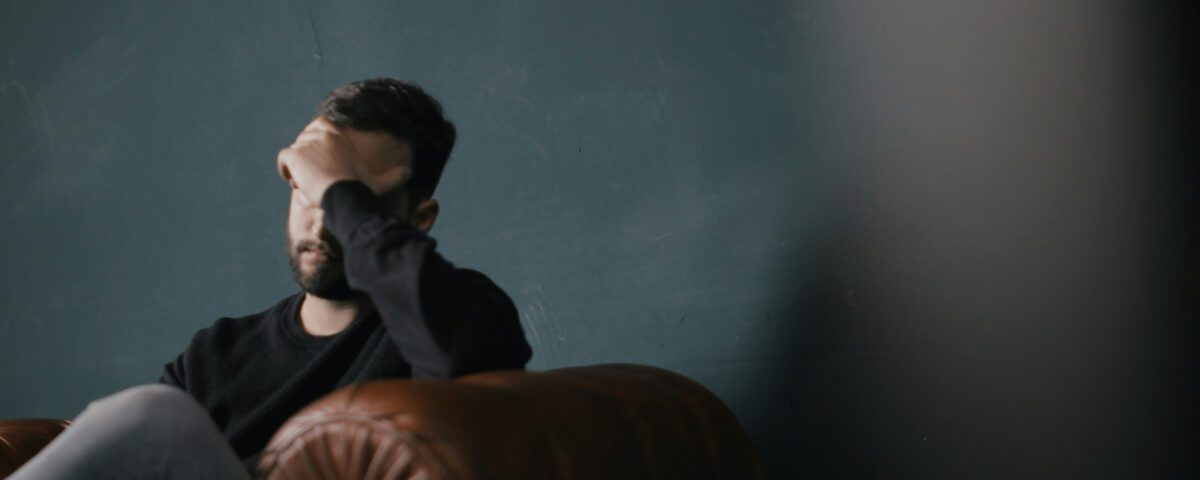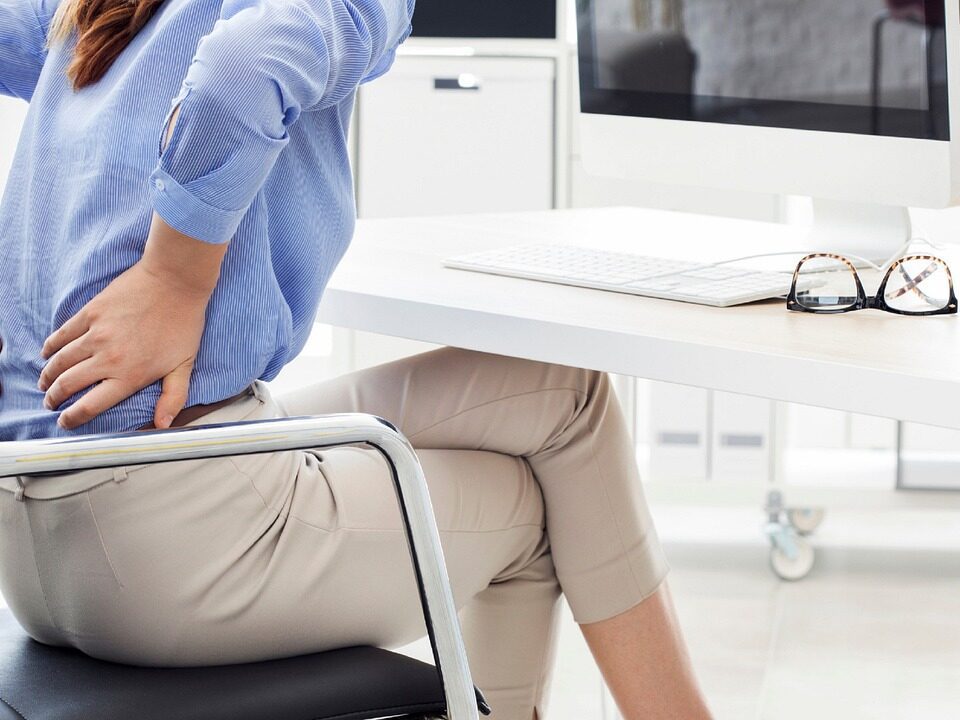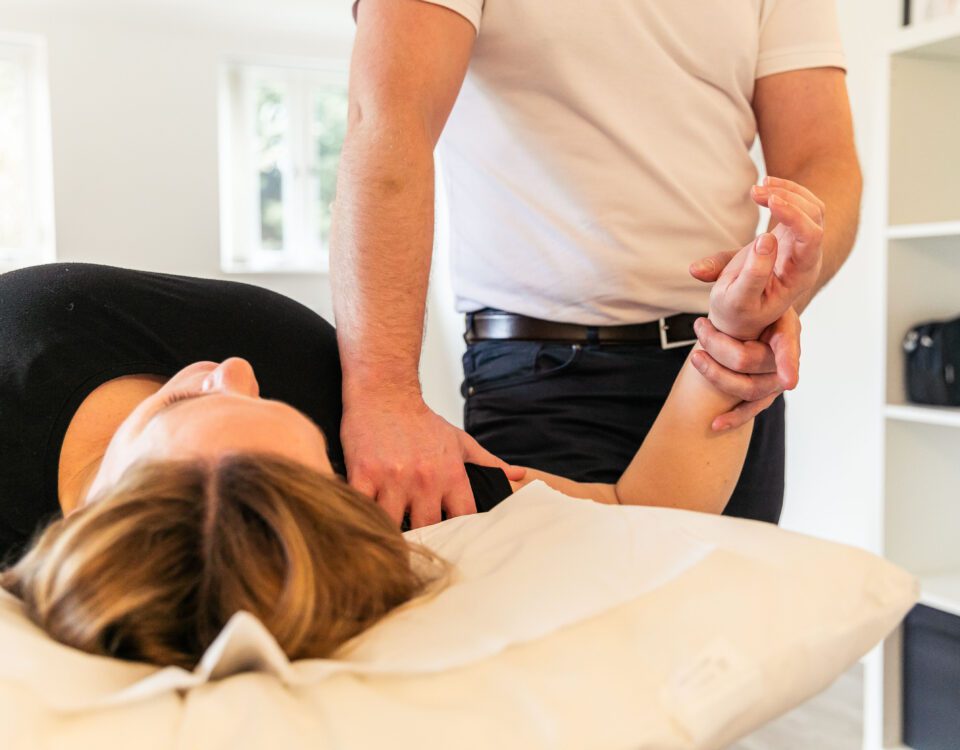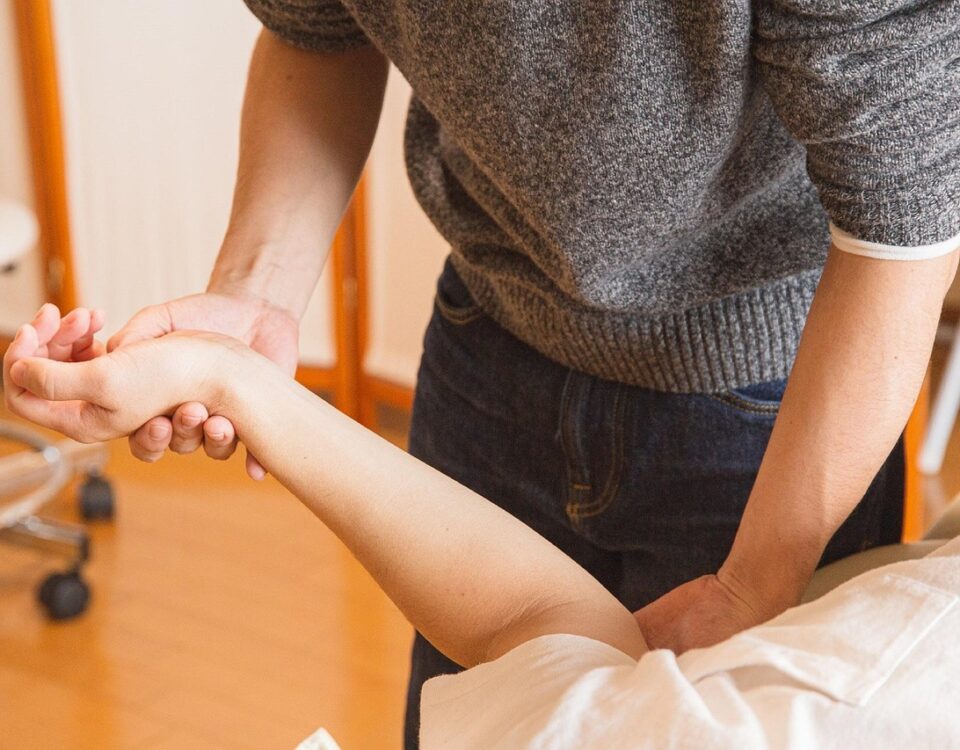
Osteopathy for Sciatica Treatment v Surgical Intervention
22 January 2024
The Role of Osteopathy in Sports Injury Rehabilitation
29 February 2024Injury Recovery:
The Rollercoaster Ride
You may have asked yourself why injury recovery isn’t a nice, neat climb back to full fitness?
Well, imagine your healing journey is a rollercoaster. Some days you’re on cloud nine and nothing can stop you. Other days you just feel down. And guess what? That’s totally normal and it’s part of the process.
This ride isn’t just about your physical state – it’s influenced by the intricate relationship between your body, mind, and the world around you. That’s where the bio psychosocial model of pain comes into play.
Unpacking the Bio Psychosocial Model of Pain
Picture a three-legged stool supporting your understanding of pain.
The first leg is the biological aspect – the nitty-gritty of what’s happening inside your body when you’re healing.
The second leg is the psychological side – how your thoughts, emotions, and stress levels play into the pain experience.
And finally, the third leg is social – the impact of your relationships and the environment on your journey.
Now, let’s introduce Lorimer Moseley into the mix. This guy knows his stuff when it comes to pain science, and his work has been a game-changer.
Moseley’s research highlights the brain’s role in pain perception. So, on good days, when your brain is feeling chilled, the pain might take a backseat. But on bad days, it can turn up the volume, making everything feel more intense.
Understanding this helps us see that pain doesn’t always scream “danger!”
It’s more like an overly sensitive smoke detector – occasionally blaring when there’s no real fire. Knowing that pain isn’t always a red flag allows you to navigate the ups and downs of injury recovery with a bit more ease.
Mind-Body Connection: Your Mind as the Conductor
Ever notice that stress or anxiety seems to increase your pain? It’s like your mind and body are in cahoots, and when stress rears its ugly head, pain has to come along also.
That’s where mindfulness and positive thinking come into play. Mindfulness is like giving your mind a cosy place to chill, away from the chaos. Positive thinking helps drown out the negative noise and keeps the good vibes flowing.
On good days, when you’re in a positive headspace, pain might take a backseat. You’re the conductor, guiding your mind away from the noise of the pain. On bad days, though, it’s essential to have these tools in your arsenal. They help you regain control, turn down the volume, and remind your mind that it’s okay.
Injury Recovery & Social Support
Having a strong support system is like having your very own cheering squad. On good days, their encouragement can make everything brighter. On bad days, when the rollercoaster hits a rough patch, their support becomes a crucial lifeline.
Social connections aren’t just about having fun together; they play a profound role in your recovery. Feeling isolated or dealing with negativity can make the ride a lot more challenging. On the other side, a positive and understanding support system can make even the toughest days more manageable.
Lorimer Moseley’s Insights: Reimagining Pain
Moseley’s work challenges the conventional view of pain as a direct result of tissue damage. It’s more about how your brain interprets signals and less about what’s happening at the injury site.
So, sometimes, your brain might be more relaxed, interpreting signals with a cool, collected mindset, but on others, it might get a bit jumpy, making the pain signals seem more intense.
Understanding this reimagining of pain is like switching from a black-and-white movie to full-colour. It opens up new possibilities for managing pain and navigating the twists and turns of recovery.
The Power of Manual Therapy
We’ve covered the mental and social aspects of pain recovery, but what about the physical side of things? That’s where manual therapy steps onto the stage. Picture it as the support group for your body’s repair team.
While education, mindfulness, and positive thinking set the stage, manual therapy provides that extra boost.
Manual therapy involves skilled hands-on techniques aimed at easing pain, improving mobility, and promoting tissue healing.
Here’s why manual therapy plays a role in your injury recovery:
1. Pain Gate Control
Manual therapy can help close the “pain gate” in your nervous system. It’s like flicking a switch that turns down the volume on pain signals. When you feel good and everything is going smoothly, manual therapy enhances your body’s natural ability to control pain. On challenging days it provides relief by calming down an overactive nervous system.
2. Tension Release
Think of manual therapy as a tension-release session for your muscles and joints. It helps reduce stiffness and improves flexibility.
3. Improved Blood Flow
Manual therapy gets the blood pumping, bringing essential nutrients to the healing site. This enhanced circulation supports the body’s repair process letting it do what it needs to do.
4. Stress Reduction
Let’s not forget the mind-body connection. Manual therapy has a knack of reducing stress and promoting relaxation.
Now that we’ve covered the mind, social support, and the hands-on aspect, let’s tie it all together into a comprehensive approach to recovery. Imagine it as a toolbox, and each strategy is a unique tool to help you navigate this journey.
1. Education
Moseley’s insights, and the role of pain in the absence of significant damage, empowers you. Knowledge will guide you through the twists and turns.
2. Mindfulness and Positive Thinking
These tools help you regain control on both good and bad days. They’re your go-to strategies for managing stress and turning down the volume on pain.
3. Social Support
Your personal fan club, offering encouragement and understanding. They are there to join in the celebrations, and there when you need them to keep you grounded.
4. Manual Therapy
People like Body Plus Osteopaths are here to enhance your body’s natural healing abilities. Whether it’s pain gate control, tension release, improved blood flow, or stress reduction, manual therapy plays a vital role in complementing the overall recovery process.
So, embrace the rollercoaster, knowing that it’s okay to have good and bad days. Equip yourself with knowledge, surround yourself with positivity, and consider the benefits of manual therapy to enhance your healing journey. Remember, you’re not alone – we’re here to navigate the twists and turns together.



